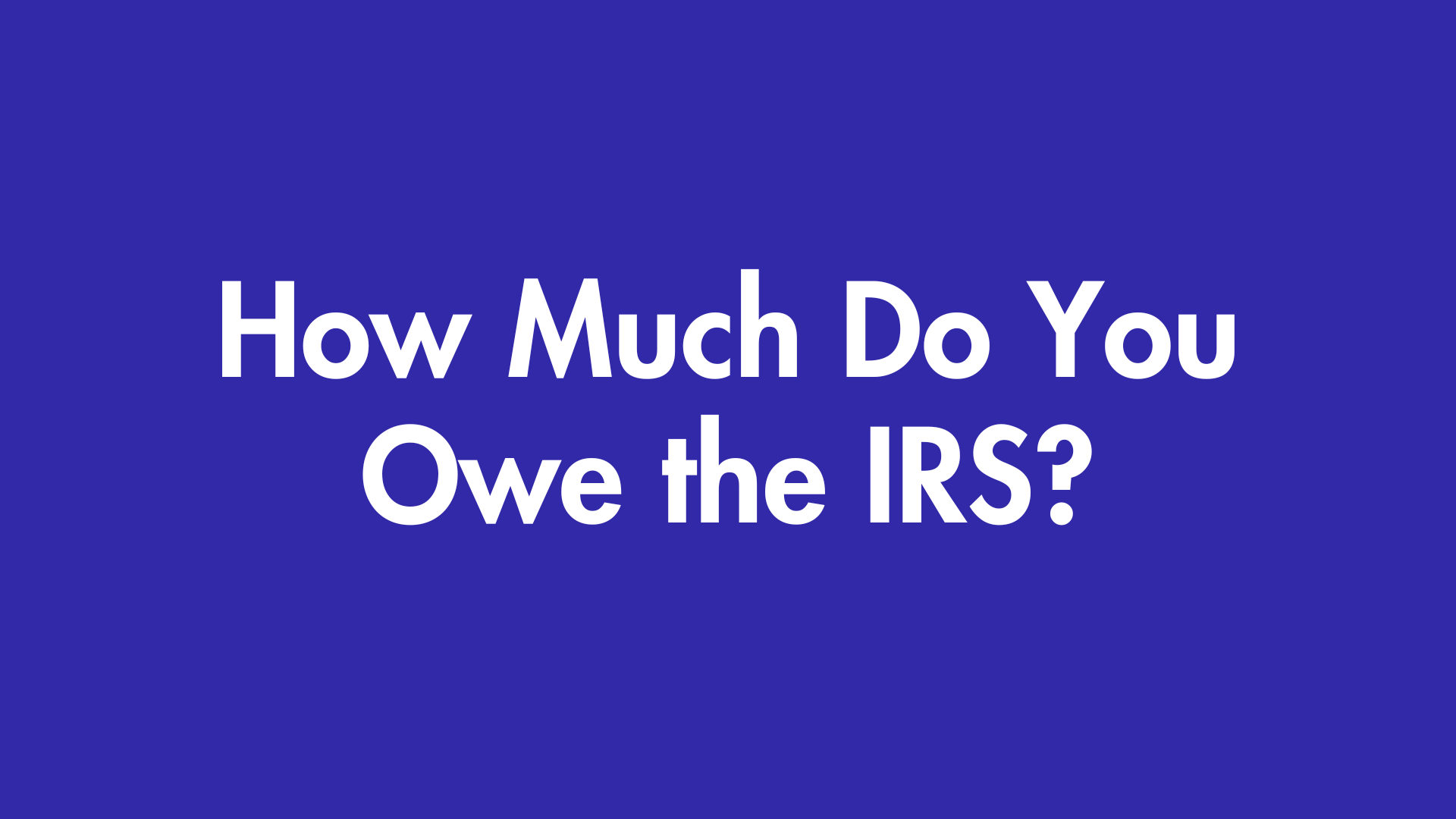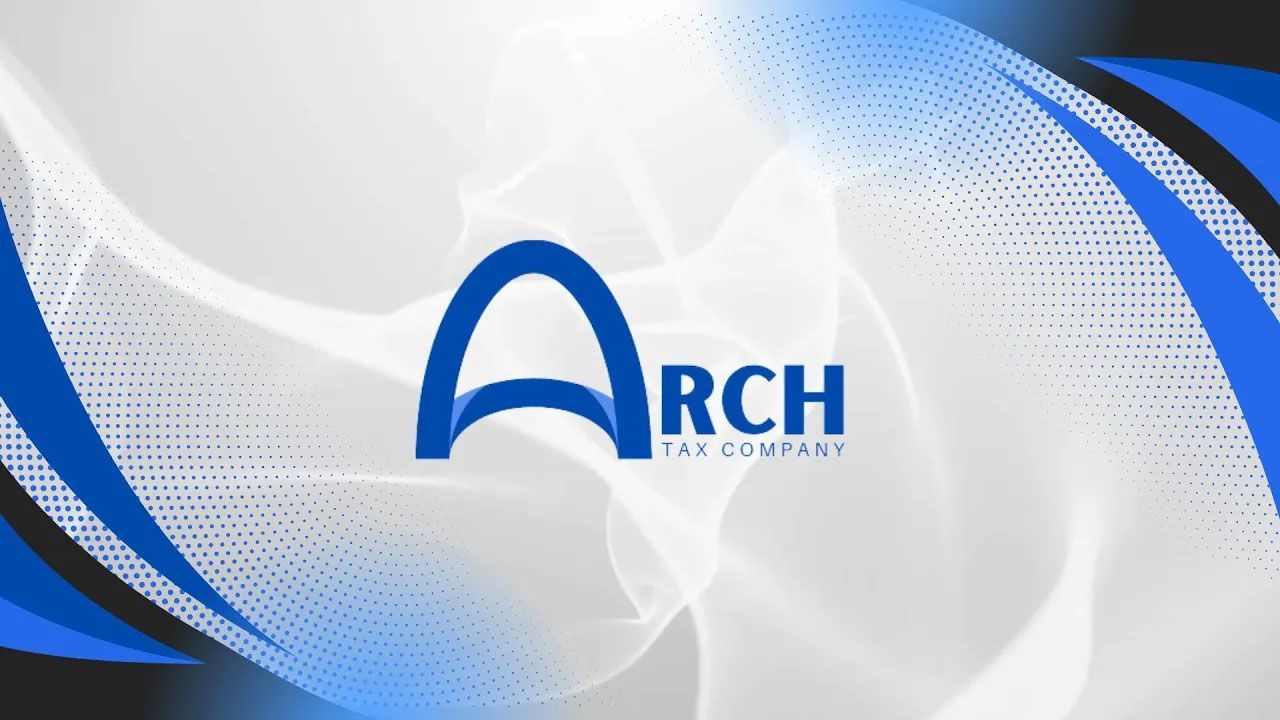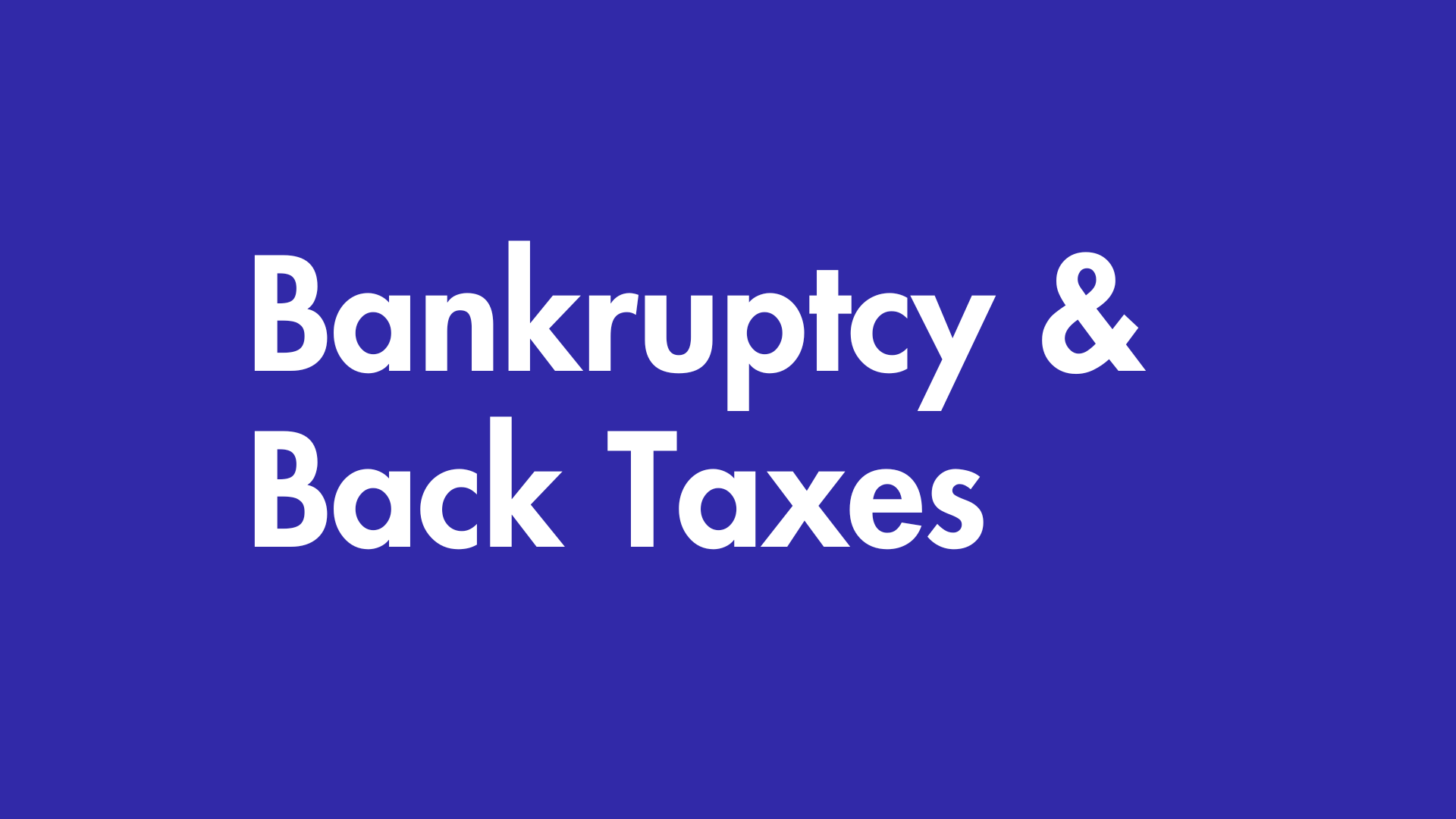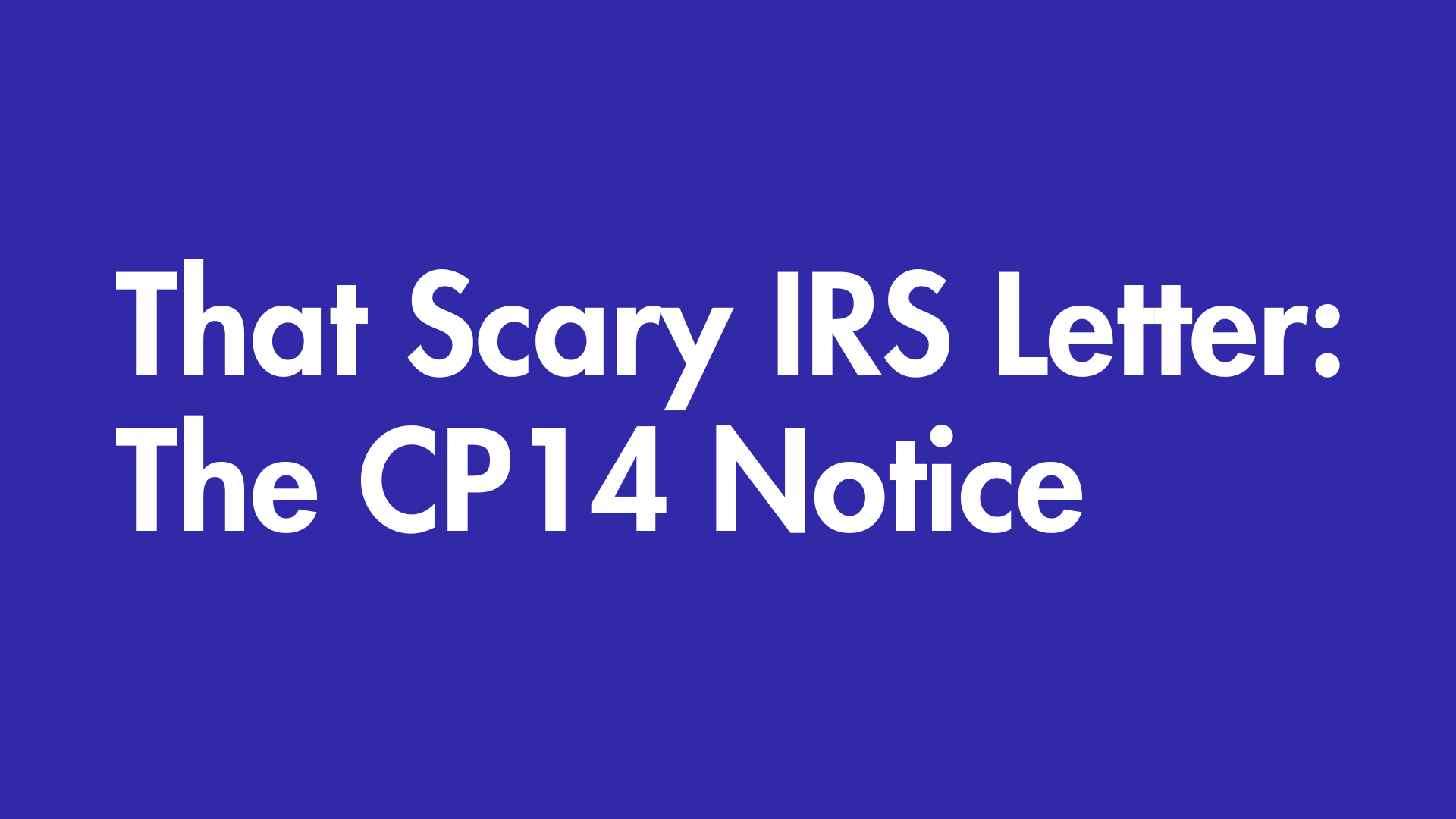5 Hidden IRS Traps & How to Protect Yourself This Tax Season
Every year, as tax season begins, millions of Americans diligently gather their documents, determined to file accurately and on time. Yet many unwittingly fall into procedural traps—set not by malice, but by the sheer complexity of the U.S. tax code.
From the perspective of a tax resolution company who’s seen countless taxpayers blindsided by unexpected notices and penalties, it’s clear the IRS has a playbook. Automated systems, targeted audits, and strict procedural rules can catch even the most honest individuals off guard.
This isn’t about scare tactics—it’s about awareness. Understanding where these traps lie is the first step toward navigating tax season with confidence.
Below are five of the most common IRS traps, along with practical steps to help you steer clear.
Trap #1: The Automated Refund Delay Trap
What It Is:
The IRS withholds refunds from millions of taxpayers for “additional review,” a process triggered automatically by sophisticated error-detection algorithms. While most refunds are issued within 21 days, a flagged return can be delayed for months with little communication.
Why It’s a Trap:
Even minor mismatches between your reported income and what the IRS receives from employers (W-2s) or clients (1099s) can freeze your refund. Common triggers include small data entry errors, incorrect Social Security numbers, or deductions that look statistically unusual for your income level.
How to Avoid It:
Cross-check every figure on your return before filing. E-file early—late-season filers face heavier scrutiny—and always use direct deposit. A paper check is over 16 times more likely to be lost or stolen, which can prolong the wait even further.
Trap #2: The High-Stakes Credit Crackdown (EITC & CTC)
What It Is:
The IRS aggressively audits returns claiming the
Earned Income Tax Credit (EITC) and
Child Tax Credit (CTC). These credits are vital for working families, yet have some of the highest error rates in the system.
Why It’s a Trap:
Because of those error rates, the IRS effectively operates on a “prove you’re right” basis. EITC claims are audited more than four times as often as typical individual returns—and certain demographics face disproportionate scrutiny.
How to Avoid It:
Be audit-ready from day one. Keep:
- Proof of income (pay stubs, 1099s, bank statements)
- Proof of residency for dependents (school, medical, or official records)
Don’t file until all documentation is organized. If audited, clear proof can quickly resolve the issue in your favor.
Trap #3: The Gig Economy Reporting Trap (1099-K)
What It Is:
Third-party payment apps like PayPal, Venmo, and Cash App now report income for goods and services through Form 1099-K. Though the threshold has changed repeatedly, the reporting system remains firmly in place.
Why It’s a Trap:
Many gig workers and side-hustlers assume small amounts of income “don’t count.” The IRS’s automated matching software disagrees—discrepancies between what platforms report and what you file are automatically flagged.
How to Avoid It:
Report all income, even if you don’t receive a 1099-K. Track deductible business expenses carefully—mileage, phone, supplies, and other legitimate costs—to reduce taxable income. Always keep receipts and logs to substantiate your claims.
Trap #4: The “Voluntary” Disclosure Illusion
What It Is:
Sometimes the IRS sends friendly-sounding letters encouraging taxpayers to “voluntarily” correct past filings or unpaid balances.
Why It’s a Trap:
The IRS generally has 10 years from the date a tax is assessed to collect it—known as the
Collection Statute Expiration Date (CSED). When you respond to these letters, file old returns, or make payments, you can accidentally restart or extend that 10-year clock—giving the IRS more time to pursue you with added penalties and interest.
How to Avoid It:
Never reply to an old-debt notice without professional advice. A tax resolution expert can determine your CSED and guide you on whether to respond strategically—or not at all.
Trap #5: The Resolution Runaround (Offer in Compromise)
What It Is:
The IRS
Fresh Start Program, especially the
Offer in Compromise (OIC), is promoted as a chance to settle tax debt for less than you owe.
Why It’s a Trap:
OIC qualification rules are deliberately strict, and only about 20–40% of applications are approved. Many taxpayers apply without understanding the IRS’s complex financial formulas or fail to provide every required document. Rejection not only wastes time and money but also hands the IRS your complete financial profile.
How to Avoid It:
Before applying, get a realistic assessment of your eligibility. Tools like Arch Tax’s
Resolution Assistant can show which programs you actually qualify for and save you from unnecessary exposure.
Conclusion: Navigating the Maze with Confidence
The IRS doesn’t have to deceive taxpayers—the system itself is complicated enough to trap the unprepared.
Awareness, documentation, and expert guidance are your strongest defenses.
At Arch Tax, we help taxpayers navigate the complexities before they turn into costly problems.
If you’re facing an IRS issue—or just want peace of mind this tax season—see which programs and protections fit your situation.








